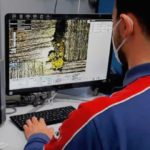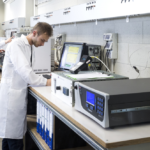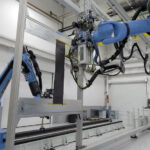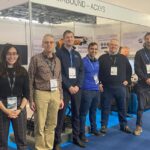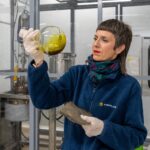The Belgian Solvay and the Italian aerospace group Leonardo combine expertise in the production and processing of thermoplastic composite materials launching the Joint Research Virtual Lab.
What the Joint Research Virtual Lab is
It is a ‘virtual’ research and development structure that will count on the support of the laboratories at the Leonardo plant in Grottaglie (Taranto) and the Material Science and Application Center (MSAC) of Solvay, Brussels. It will be also supported by other internal infrastructures of the two partners and by institutions, research centers, and universities, in Italy and abroad.
The aim of the project is the development of new advanced materials and manufacturing processes for the aerospace industry. There will be a focus on automatic welding and rolling of complex and large aerospace structures.
An important milestone in enabling a step-change
The agreement is the starting point for further collaboration platforms on applications in the aerospace sector and beyond.
Roberto Cingolani – Chief Technology and Innovation Officer at Leonardo – pointed out that the collaboration with Solvay is a significant step in advanced materials research, part of Leonardo Labs’ R&D programs.
This partnership aims to promote a radical change in the production of composite parts and to reduce the impact on the environment. The goals are to:
- improve the properties of the product
- extend its life cycle
- increase the efficiency of the production line
Nicolas Cudre-Mauroux, Solvay Chief Technology and Innovation Officer
“This collaboration is in line with the G.R.O.W. strategy of Solvay to strengthen our leadership position as supplier of innovative composite materials for aerospace and other markets. We believe that the partnership with Leonardo will boost our ability to develop breakthrough thermoplastic composite solutions and substantially increase their adoption in aerospace, contributing to reducing fuel consumption and CO2 emissions”.
 |
Subscribe now to our quarterly Compositi newsletter
|
Source: Polimerica



